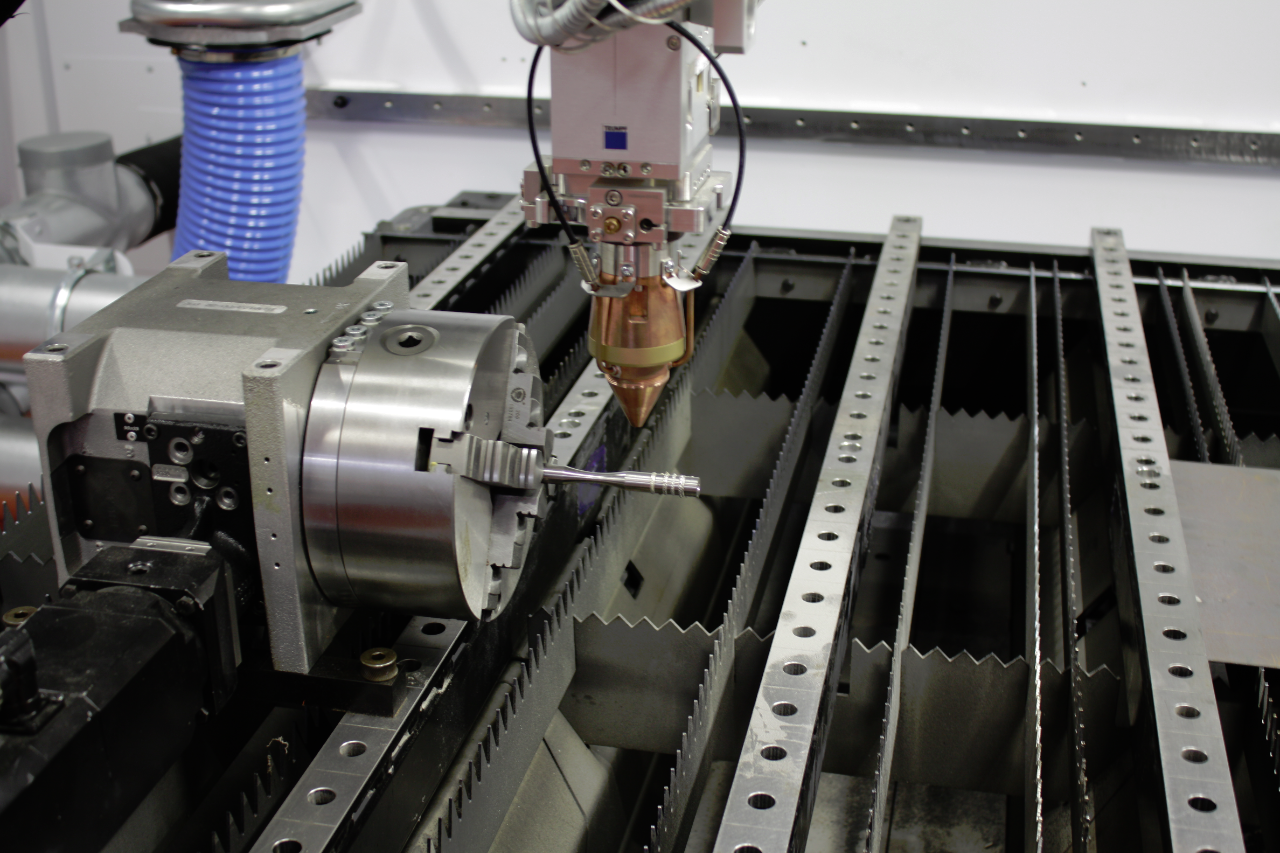Australian university researchers are 3D printing aircraft parts that could transform the aerospace industry.
To continue reading the rest of this article, please log in.
Create free account to get unlimited news articles and more!
A team of RMIT University researchers led by Professor Milan Brandt are leveraging laser metal deposition technology to build and repair defence aircraft parts in a two-year collaboration with RUAG Australia and the Innovative Manufacturing Cooperative Research Centre (IMCRC).
"It's basically a very high-tech welding process where we make or rebuild metal parts layer by layer," said Professor Brandt, who says the concept is proven and prospects for its successful development are extremely positive.
The technology will apply for existing legacy aircraft such as the Air Force's F/A-18 Hornet and F/A-18F/G Super Hornet and Growler fleets, and the new fifth generation F-35 fleet. The technology feeds metal powder into a laser beam, which when scanned across a surface adds new material in a precise, web-like formation, the metallurgical bond created has mechanical properties similar, or in some cases superior, to those of the original material.
RUAG Australia head of research and technology Neil Matthews said, "Instead of waiting for spare parts to arrive from a warehouse, an effective solution will now be on site. For defence forces, this means less downtime for repairs and a dramatic increase in the availability and readiness of aircraft."
An independent review, commissioned by BAE Systems, estimated the cost of replacing damaged aircraft to be in excess of $230 million a year for the Royal Australian Air Force. A move to locally printed components could mean big savings on maintenance and spare part purchasing, scrap metal management, warehousing and shipping costs.
"The project's benefits to Australian industry are significant. Although the current project focuses on military aircraft, it is potentially transferable to civil aircraft, marine, rail, mining, oil and gas industries," said CEO and managing director of IMCRC, David Chuter.
This project is the latest collaboration over the past decade between RUAG Australia and Professor Brandt, who is the director of RMIT's Centre for Additive Manufacturing and is a leading expert in the field.

 Login
Login






